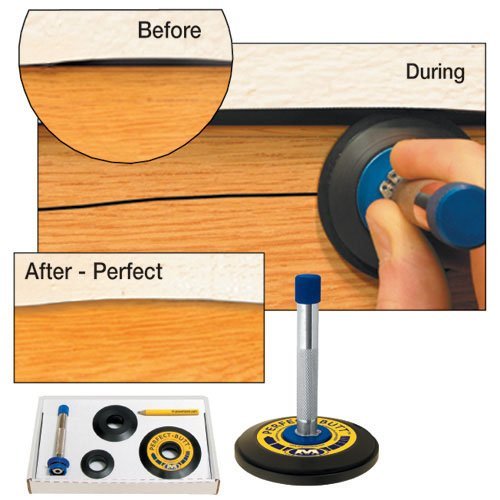Ok, first post. I still have a while before I can even begin the van life (I'm 17 and I still don't know how to drive yet) but the idea has stuck with me. Anyway I've got a rough idea of how I would probably build my future van, but I've got a problem;
I've noticed that with most vans, the walls have a slight curvature to them and that with other peoples builds, they have the cabinets and beds and stuff fit into the curve, instead of all the sides being straight.
I can't find any information on how to find the measurement for the wall curve so you can cut out the material to fit it...any help?
I've noticed that with most vans, the walls have a slight curvature to them and that with other peoples builds, they have the cabinets and beds and stuff fit into the curve, instead of all the sides being straight.
I can't find any information on how to find the measurement for the wall curve so you can cut out the material to fit it...any help?



















































































